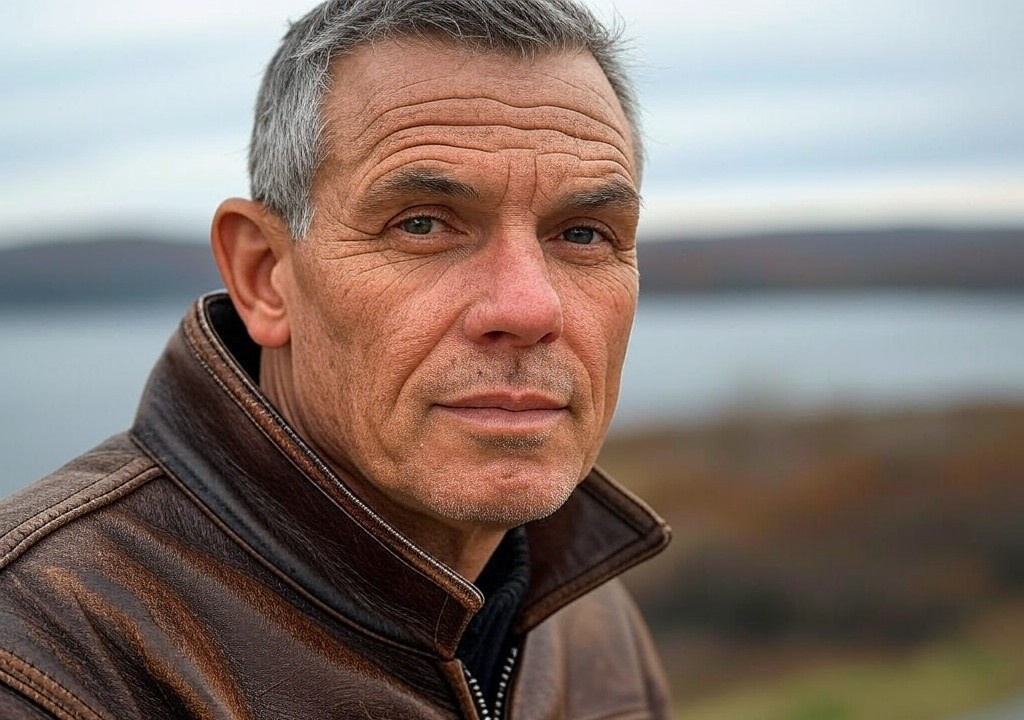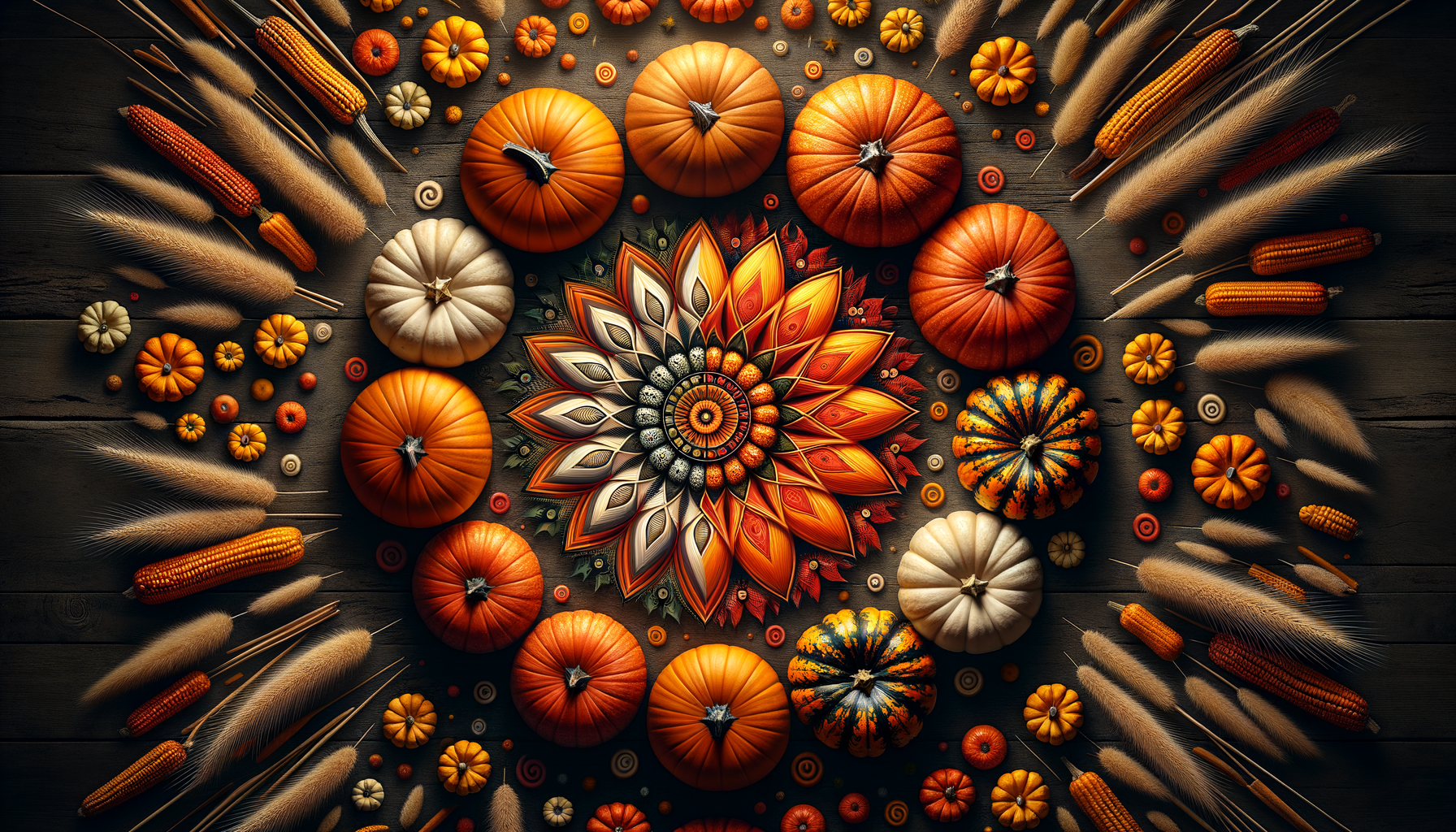The first time your name appears in print, it feels like your crush saying, “I’ve thought about you, too.” There’s a rush of validation, a giddy cocktail of pride and disbelief that buzzes through your chest. For me, it was a faded copy of The Welch Daily News, a paper barely making it past two stoplights in my tiny West Virginia hometown. I was 22, fresh out of college, and I thought writing this article—a pumpkin patch profile, of all things—was my stepping stone to literary greatness. Spoiler alert: it wasn’t Hemingway, but it meant everything.
That First "Can We Talk?" Moment
They assigned me the pumpkin patch piece because no one else wanted it. I suspect I got the gig partly because I’d enthusiastically told the editor during my awkward interview that I was “hungry for stories.” Apparently, “hungry,” in Welch, translated to covering seasonal gourds and community bake-offs, but who was I to complain?
I spent an entire October morning interviewing the patch’s owner, a man whose tan overalls and pumpkin-orange knit cap made him look like autumn personified. The patch sprawled across a soggy field, its pumpkins all shapes and personalities. A short, stout kid named Levi—a regular customer, I later learned—proudly named a 25-pounder “Meatball” for reasons I never could quite decipher.
Nothing about that morning screamed Pulitzer, but I treated it like I was interviewing the Secretary-General of the UN. I transcribed quotes, asked follow-ups about soil composition (even though I wouldn’t recognize the difference between loam and mulch if it hit me in the face), and wrote feverishly through lunch at the local diner, fueled by cherry pie and two cups of coffee that tasted vaguely metallic. The waitress, Ellen, even joked, “What’re you writing over there, kid? The next great American novel?” I smiled but didn’t answer—because maybe I was.
The Swipe-Right Equivalent of Hitting "Send"
When I submitted the article later that day, I felt a lot like someone about to send a risky text to their crush. You know the drill—double-checking every word, debating if you’re coming off too strong or trying too hard. Should I cut that last detail about Meatball? Was the line about pumpkins being “the true jewels of fall” too corny? (Answer: probably.)
But there’s only so much tweaking you can do before the courage comes in. I hit send, not realizing it would feel like releasing a secret diary entry into the wild. That piece was now out in the open, orange puns and all, waiting to be judged by the editor and the dozen or so faithful readers of The Welch Daily News.
Seeing Your “Name” in the Wild
A week later, I walked to the gas station at dawn because I felt too nervous to wait for the paperboy to toss it onto the porch. When I flipped to the local features section and saw my byline, sandwiched between an obituary and a classified ad for hunting dogs, my heart nearly burst out of my flannel shirt.
Sure, it wasn’t splashed across the cover of Rolling Stone or even borrowing inches from the latest Martin Scorsese review in The New Yorker. But there it was. My name. James Harrington. In lowercase font that felt oddly rebellious, like a headline you’d scrawl in the margins of a notebook about some great, undiscovered art. I’ll admit, I lingered like someone admiring themselves in the mirror when no one’s watching—because this, my friends, was my moment.
Lessons from That Patchy Debut
Looking back, my pumpkin patch article wasn’t groundbreaking. I never got fan mail from the folks in Welch, and as far as I know, no one’s ever framed that piece. But there’s a peculiar, heartwarming romance in starting somewhere small. A pumpkin field in Appalachian fall could’ve just been a pit stop; instead, it became a quiet little place where I learned the power of beginning, of doing the unglamorous work with unpracticed hands. When I re-read that article now, I can still hear an echo of 22-year-old me, fumbling toward a voice, aching for something bigger.
It’s not unlike the way you stumble into your first serious relationship. The beginning always feels shaky, right? You’re testing the waters, trying not to mess it up, hoping they don’t see your nervous ticks or realize you’re silently panicking 30% of the time. But you learn. You get better by showing up.
For anyone chasing their own creative or romantic firsts, here’s what I’ve learned:
- Start where you are. Whether you’re writing about pumpkins or sending the first flirty text, embrace the awkwardness. Nobody’s ever run a marathon with perfect form on day one.
- Show them (or yourself) you care. That pumpkin patch article only mattered because I treated it like big news. Invest care into your work, your conversations, even your mediocre jokes—it sets you apart.
- Celebrate tiny milestones. Life is full of little bylines: first dates, first kisses, first times someone calls you “kid” and buys you pie. Don’t wait for big moments to feel like you’ve arrived.
Your Firsts Are Worth It
Years later, having put my name on every kind of story from labor movement profiles to book chapters, I’d love to tell you the glow of seeing your work out in the world diminishes. But it doesn’t—not really. Just like, no matter how many times you fall in love, there’s always going to be something electric about that first spark—the one you never entirely forget.
Starting something for the first time, whether it’s writing, relationships, or otherwise, will never feel polished. It’s the pumpkin patch version of yourself; it’s messy, uneven, and inexplicably sweet. Those firsts remind us not to take ourselves too seriously but to take life seriously enough to show up—even if all we’ve got is a pencil, a flannel, and a patch of mud to sort through.
My advice? Roll up your sleeves, pick your pumpkin, and name it Meatball. You’ll figure the rest out along the way.




















